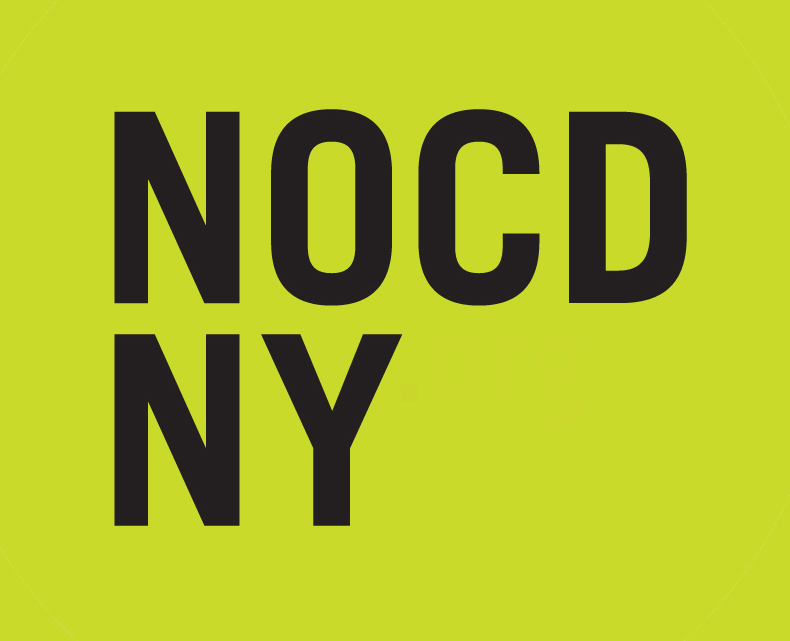Bronx Musem: Bronx Speaks
Found Sound Nation and OneBeat 2018 Artists (a music collective that includes dreamers) perform at the culminating Bronx Speaks event at Bronx Museum of the Arts. photo: Claudie Mabry.
by Claudie Mabry
April 5, 2019
NOCD-NY was invited by the Bronx Museum of the Arts (BxMA) to perform the evaluation for their Bronx Speaks: Dreamers program. This program took place last summer at community anchors across the South Bronx. Community anchors are small businesses that help to shape the cultural value of a community (read more about them here and here). These small businesses partnered with artist mentors, dreamers, and undocumented residents. Many of the business owners themselves are undocumented as well.
Participants at each community anchor engaged in a 3 to 7-week process of workshops that led to a final performance. Art forms included poetry, storytelling, music, photography, printmaking, culinary arts, cosmetology, and multimedia. This process was intergenerational and matched dreamers (all college-aged students enrolled at CUNY) with gatekeepers—older, undocumented folks who may not qualify for a federally sponsored visa. Gatekeepers are considered to be the keepers of their community and play an influential role in the quality of life of immigrants in the South Bronx.
As one of the first programs of its kind produced by a large cultural institution with the intentionality of challenging the immigration policies of the Trump Administration, BxMA mapped out the artistic experiences and interests of the dreamers and linked them to the artist mentors. Every site engaged in storytelling workshops and collaboration through art to organize their final performances.
Performances by imarley Garr, Mary Soto and artist Malcolm Betts at Hungry Bird, photo: Emily Ahn Levy
Performances were held in each of the community anchors, including a culminating event at BxMA. Audiences were informed of shows through the museum’s social media outreach, or had relation to the participants or business, but many of those in attendance were passer-byers looking to see what was going on, which was a critical goal of the program: public engagement.
NOCD-NY facilitated a process with audience members at the different community anchors to solicit their feedback on the show and gauge their perspective on the importance of preserving and amplifying these specific community anchors, as well as community anchors/cultural hubs throughout our diverse communities. In addition to the audience response cards, NOCD-NY conducted site observations from workshops and final performances, and engaged in conversations with the business owners, artists and participants. It was incredible to be exposed to the diverse perspectives involved, to collaborate with participants, and to be welcomed into the different communities.
The most powerful aspect for me was the power of ground-up and rooted process. The work was culturally relevant to the direct lived experiences of the dreamers, gatekeepers and business owners. The work was designed and curated in the community anchors, which supported the development of the performances by incorporating the physical space and some of the most beautiful products into the shows. It was also powerful to watch the teams grow artistically together over our sight observations. In reflection, participants reported that they learned so much about their true and unique individual selves. One dreamer interviewed indicated, “I’ve never done anything like this before, and I learned so much about myself and my abilities”. Personal and collaborative experiences were both at play in every single convening for this program.
On a personal level, I ate some of the world’s greatest mole (at La Morada restaurant), witnessed one of the most dynamic music experiments I’ve ever seen, and made my first ever printmaking project in a community garden on a sunny Bronx summer day as a result of participating in this evaluation. The program demonstrated the power of art, and how art truly is a healing mechanism; how much you can learn about yourself within a process; and how important it is to preserve our physical and social spaces of gathering and community in our ever changing city. In the instance of this program, I felt trusted, and I returned that trust. This to me is the most critical point as an outside evaluator, and the true work cannot begin without this.
Perhaps the biggest takeaway from this program is that we are all living beings, we all have the right to culture, and the right to community. As Christine Licata, director for the program put it, “People felt respected and our community got to tell their story...the program was healing in many ways.” Work like this is what provides the space for critical analysis to challenge systems of oppression, and collaborate on long-term strategies for sustaining our right to place in this city.


